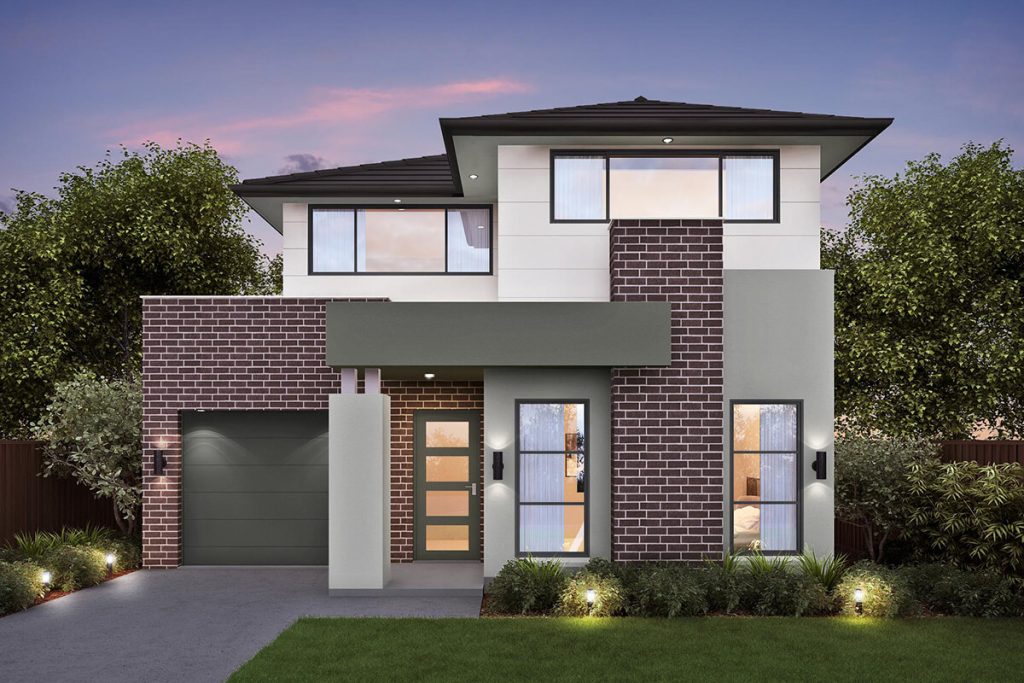Did you buy a new house and are looking to turn it into a home? Congrats!
Now it’s time to turn that house into a home. You’ve already done the hard part in figuring out how much space you need with everyone else you’ll share the area with. All you need to do now is the exciting process of filling up.
Here are 4 questions to ask yourself while creating the perfect custom home.
What’s Your Style?
In your excitement to begin designing your dream home, you may want to choose all the current design trends and apply them in your home. Let’s pause adding trending pieces to your Pinterest board and consider whether the items fit your style. Better yet, does it fit your lifestyle?
Think about the people you’ll share this space with – pets, children, a partner. Will you have a house full of plants or loud teenagers? Maybe frequent visits from aging parents or growing grandkids? Are you designing your vacation home for your family or closest friends?
You’ll want this to feel like home for as long as possible, so find your personal or family style and use your home as a canvas to express it. If you don’t know what it is yet, it may be expensive and time-consuming to explore what it is. Instead, you can play around with 3D house design software to find your aesthetic.
How Much Space Do You Have?
After noting down your square footage, let’s think about filling it. Think of each room as an activity zone with people using them regularly. What will you place in each room, so everyone has their own space and wants to spend time there? Some rooms figure themselves out like the living room would have seating spaces, and bedrooms will have at least one bed.
In addition to finding pieces that fit your style, it’s also essential that the furniture works with the space. When we see an empty room, we immediately want to fill it with large items that can envelop you in comfort, but you want to leave some space for you as well. Choose pieces that are just enough for the number of people that will use it. If there’s some space you want to fill after that, start thinking of accessories instead.

What About Accessories?
The primary way to turn a room from an Ikea display into a home is through the different textures – think of marble, wood, velvet, or metal. Once you have all major furniture in place, you can begin planning how to fill any gaps around the room. Let’s start from the ground up. In addition to absorbing sounds, rugs or carpets can mark areas in each room, provide some comfort for tired toes, or even make a large room seem approachable.
If you have a ton of floor space still available, tables of different sizes, more seating or storage, or even plants can help intentionally take up space. Each of these items can be multifunctional and as obvious or hidden as fits your style. For example, you can create an entertainment center that also houses your coffee table books, succulents, and other accessories. You can then build from there to cover the walls with paintings or shelves that compliment what’s stored on the floors.
How’s the Light?
The first and last thing to keep in mind when designing a home is the lighting. Both natural and artificial lighting can pull a room together in addition to providing light after sunset. Light has a powerful effect on humans, especially in areas that have seasons or an obvious shift in how long the sun is out. Some people experience Seasonal Affective Disorder (SAD) during the fall and winter months, so keeping adequate light in can be essential to your home design.
Where possible, have plenty of windows in each room. If you’re worried about privacy or excess heat, you can place some curtains or window stickers to help with that without blocking the light. If that’s not possible, filter and magnify the light you have available by keeping the center of the room open and spacious. You can also strategically mirrors, so the room feels larger and more lighted than it actually is.
You can use lighting to set a mood as well. You can choose brighter white or blue-based light around task spaces like kitchen countertops or in a study. You can alternate with dimming sconces in the bedroom or around relaxing nooks to set a sense of peace. If your room has too much light around, play around with various textures that absorb the brightness until the space feels balanced.
Take your time exploring what you want from your home and what works with your lifestyle and budget. At the end of the day, it’s all about what makes you feel at home.






